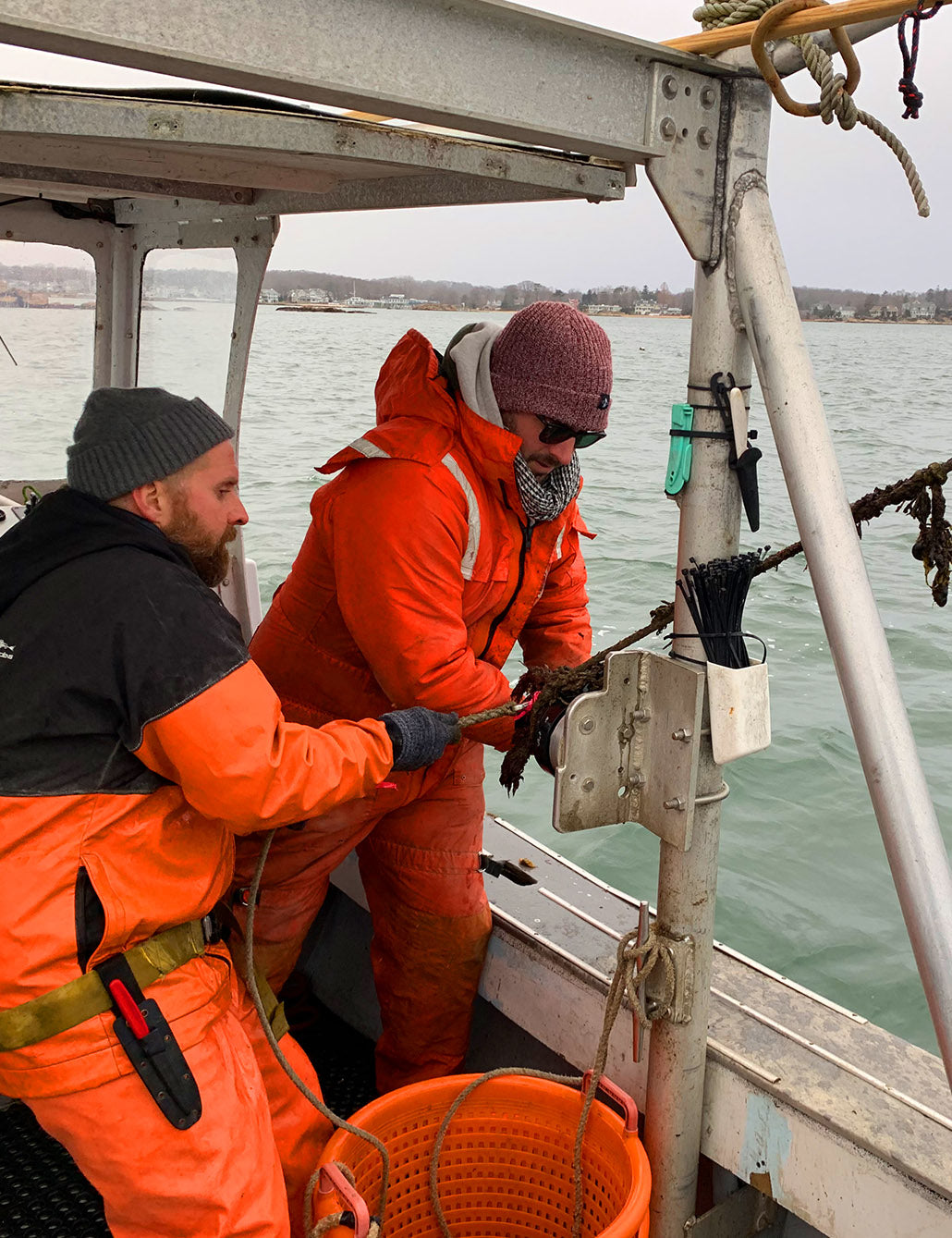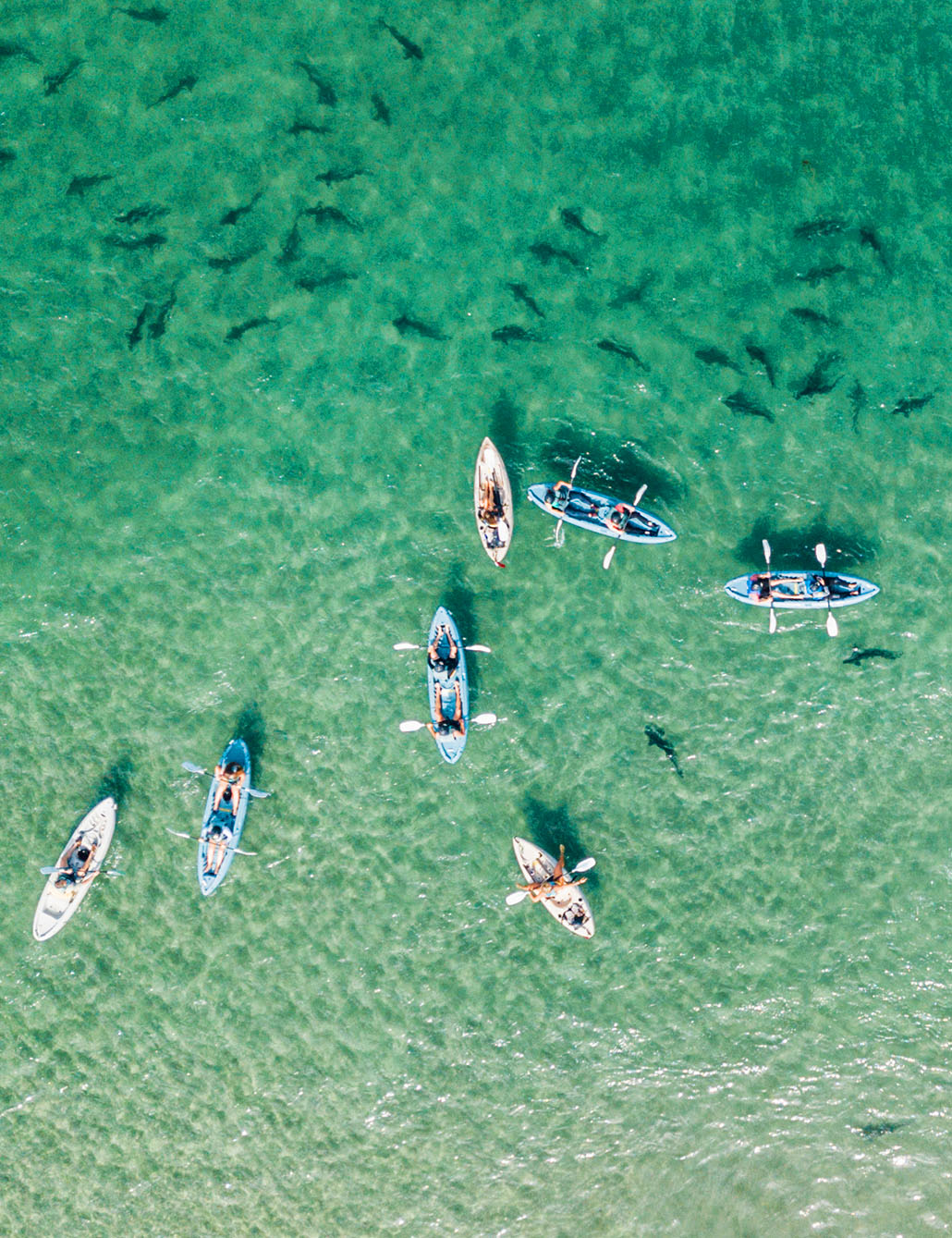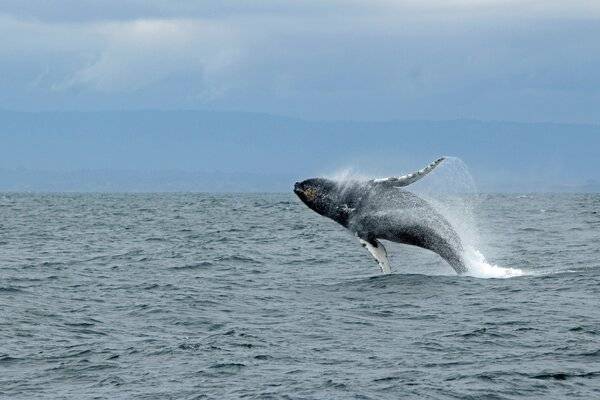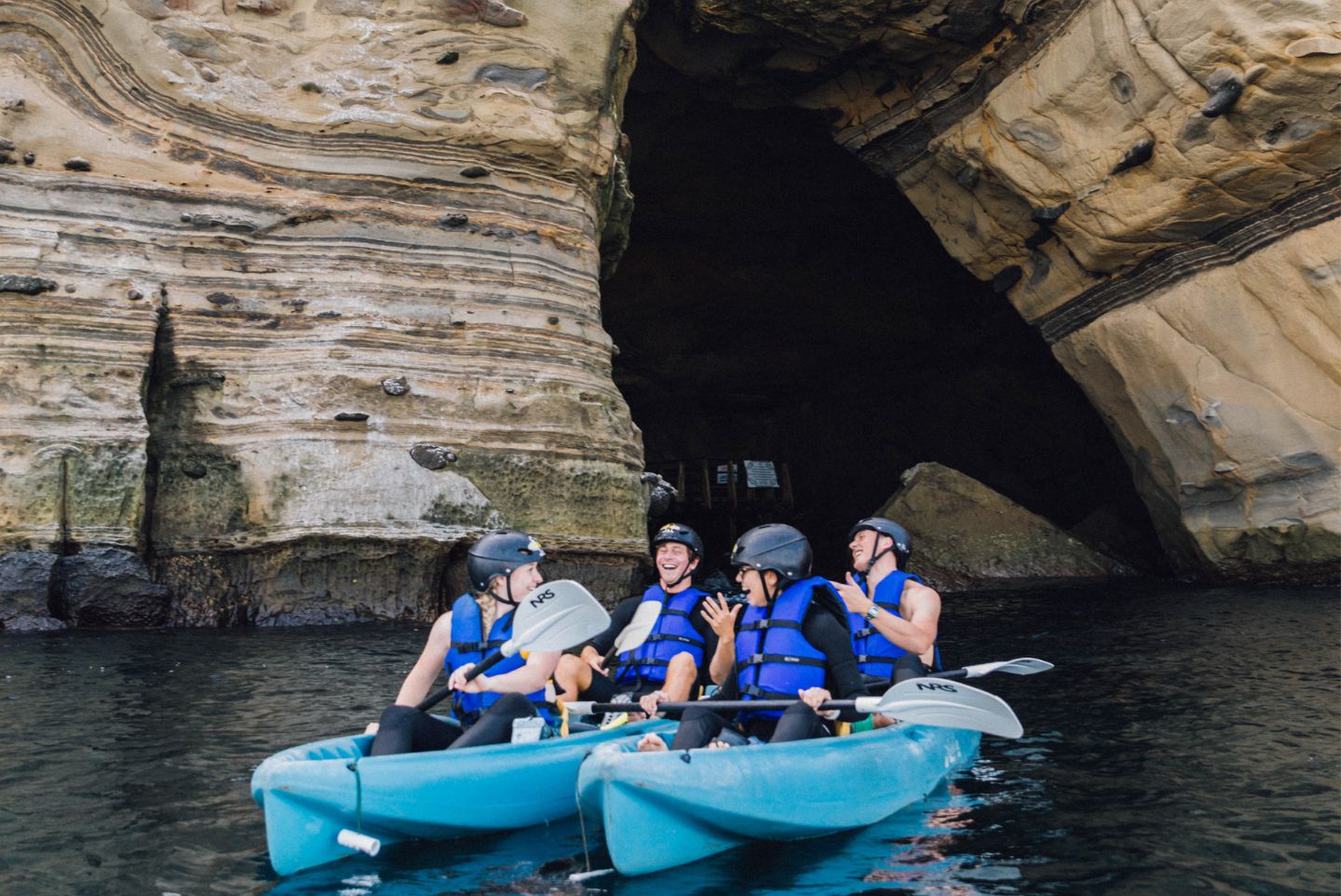By Andrew Iida l Head Writer & Resident EMT
Whale watching season is almost back! Every year, gray whales undertake a migration from Alaska to Mexico. That means that in the winter, you’ll have the chance to kayak next to massive whales as they escort their newborn calves along the coast!

We've put together a list of the most common questions about whale watching to get you ready for your next adventure! Click on the question to be taken direclty to the answer.
- What is the best way to see whales in San Diego?
- What is the best place for whale watching in San Diego?
- What other animals do you see on whale watching tours?
- What safety precautions do you take on whale watching tours?
- Can kids go on whale watching tours?
- Can you see the whales from land?
- What is the best time of year for whale watching?
- Why do gray whales migrate?
- What is the best time of day to go whale watching?
- Is kayaking with whales dangerous?
- Are there orcas in San Diego?
- Are there any dangerous animals in the water?
- Do you have to kayak far to see the whales?
- Can you kayak close enough to touch the whales?
What is the best way to see whales in San Diego?
Nothing matches the experience of seeing huge whales up close in a boat. Many whale watching tours will take guests in large boats with loud engines, but noise pollution is a serious threat to these marine mammals, which rely on their fine sense of hearing for survival.
We think the best way to see whales is in a kayak. With zero emissions and no engine noise, kayaks give you an opportunity to see whales closer and with fewer risks to the animals. Eco-friendly whale watching is better for the animals, better for the ocean, and ultimately better for us.

A whale spouting next to a kayak tour
What is the best place for whale watching in San Diego?
You’ll have a hard time finding a better place than La Jolla because of the abundance of sea life here. La Jolla and Scripps just to the north are the only State Marine Reserves in San Diego, and because they’re such heavily protected areas, marine life is abundant and flourishing. The geography of the area makes it one of the places where gray whales are consistently seen in very shallow water.
What other animals do you see on whale watching tours?
La Jolla is home to seals, sea lions, fish, sharks (the harmless kind), birds (including the brown pelican, which nearly went extinct), dolphins, and the occasional sea turtle.

Dolphins playing next to the kayaks
What safety precautions do you take on whale watching tours?
Each guest is provided with safety gear, including a Coast Guard approved life vest. All of our tour guides are trained in water safety and first aid, and the area is monitored by the San Diego lifeguards.
Can kids go on whale watching tours?
Yes! Anyone ages 6 and up can join us on a kayak tour to see the whales.
Can you see the whales from land?
Absolutely. Just don’t forget to bring some good binoculars. Torrey Pines and Cabrillo National Monument are popular vantage points to view whales from a distance. Scan the water looking for spouts, which can reach up to 30 feet high.
Lots of people these days are using drones to view whales, but keep in mind that you have to fly them at least 1,000 feet above marine mammals. Flying close enough to alter the behavior of any marine mammal can result in jail time and huge fines.

Whale watching from land
What is the best time of year for whale watching?
Humpback, minke, and fin whales can be seen off the coast of San Diego year-round. Blue whale season is in the summer, usually from May to August.
But the best months to see whales in San Diego are mid-December to mid-March, when the gray whales migrate from Alaska to Mexico and back. Gray whales feed in the shallow waters next to the coast, so they’re close enough to reach by kayak.
Why do gray whales migrate?
Gray whales spend most of the year in their feeding grounds near Alaska, but when it is time to give birth, they will travel all the way down to the warm waters near Mexico. The whale calves are brown without a thick layer of blubber, so they would not be able to survive in the frigid northern waters. Once the calves are big enough, the whales return north, where the food is more abundant.
You can learn more about gray whales here.
What is the best time of day to go whale watching?
Whenever you can! Gray whales don’t stop swimming during their migration, so they’re just as active in the mornings as they are in the afternoons. We think mornings are the perfect time because it's less crowded on the water.
Is kayaking with whales dangerous?
The whales that we see on our tours are huge. If they wanted to, they could send you flying with a flick of their tail. Fortunately, gray whales have the reputation of being one of the friendliest mammals in the ocean! They frequently approach our boats to get a better look at us (They like human watching as much as we like whale watching).
In the past, when commercial whaling was at its height, gray whales were known for being vicious and dangerous, earning them the nickname “Devil Fish”. But with the decline of whaling, they’ve become one of our best friends in the water. As long as you don’t try to harpoon them, you’ll be fine.

A gray whale approaching a kayak tour for a better look at us
Are there orcas in San Diego?
You might see one if you’re really lucky, but orca sightings are rare. Most San Diegans have never seen one in the wild.
If you do see a pod of orcas, don’t worry. Even though we call them “killer whales”, they don’t view humans as prey and there has never been a recorded instance of a wild orca killing a human. As long as you don’t try to keep them in captivity in a small tank, you’ll be fine (I think there’s a pattern here).
Are there any dangerous animals in the water?
Any marine mammal can be dangerous if provoked, but there are typically none around here that will attack people for no reason. The most dangerous animal around is usually the human, but as long as you don’t try to harpoon them or keep them in captivity, you’ll be fine.
Do you have to kayak far to see the whales?
Usually not. Gray whales need to be in shallow water to eat and navigate, so they come a lot closer to the shore than other species. They sometimes go to water so shallow that they’re between the surfers and the shore!
Can you kayak close enough to touch the whales?
The whales would probably let you, but we won’t. Whale watching in the United States is governed by the Marine Mammal Protection Act (MMPA), which can impose huge fines, criminal charges, and jail time for anyone who harasses a whale. We follow the viewing guidelines from NOAA, which tell us to stay at least 100 yards away from whales.
We have some awesome footage of whales swimming right next to our kayaks, but that only happens when the whales approach us—they really do seem to love human watching!

Still have questions? Let us know below, and we’ll add them to the post!








